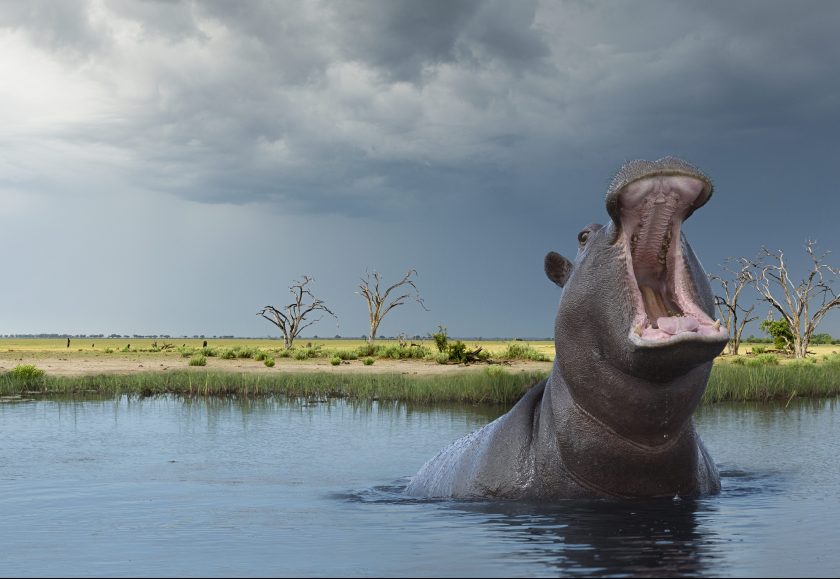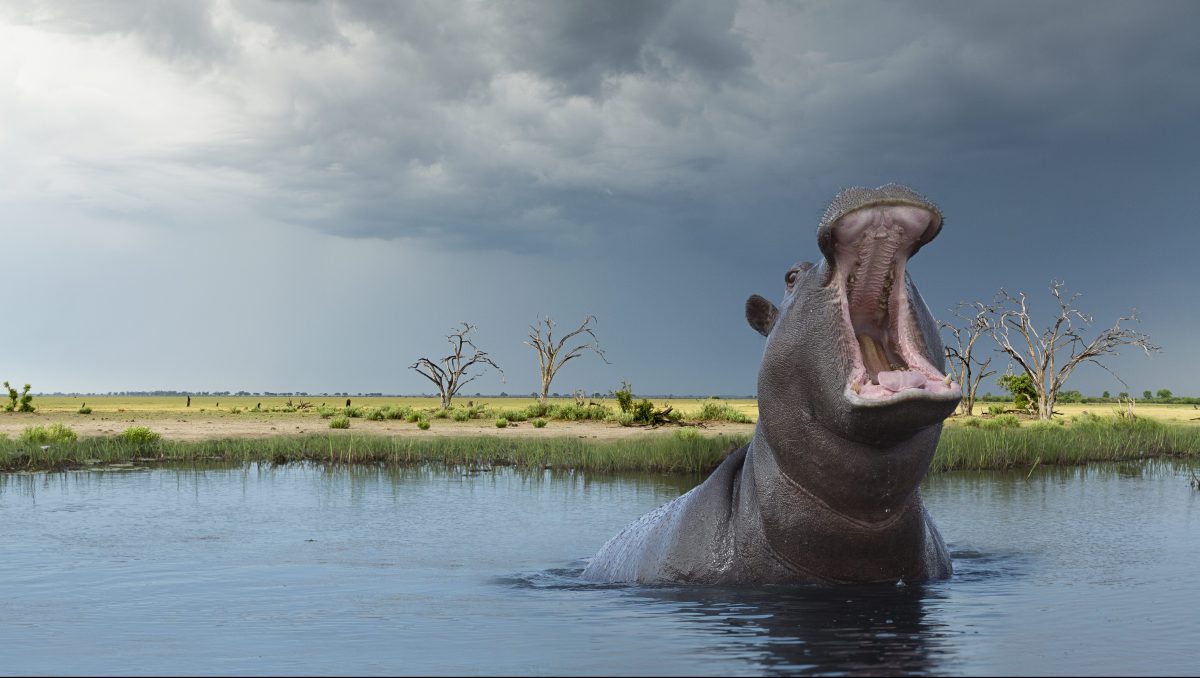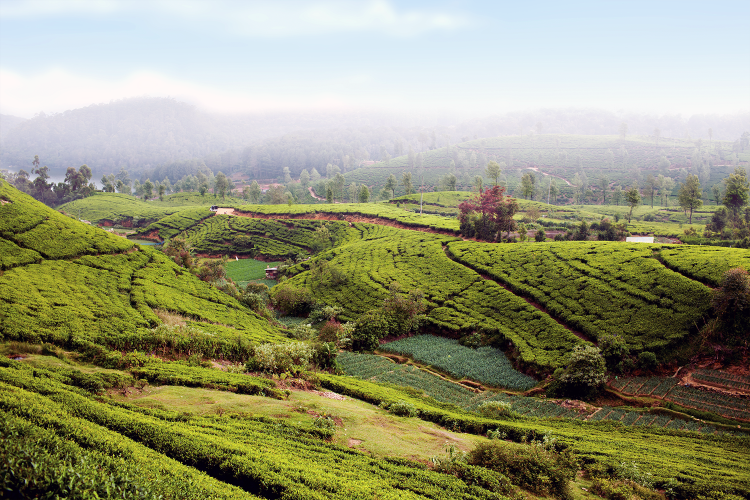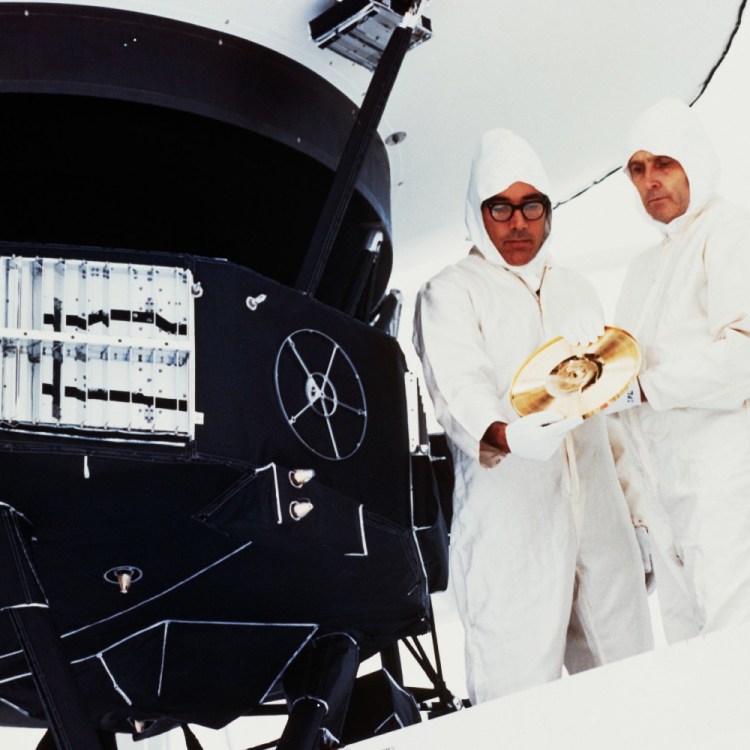It’s easy to read news about Earth’s future and think, “That’s troubling, but at least it’s still so many years away from now.” This report suggests the planet will take the hit by the time we finish our next presidential election. The World Wildlife Fund and the Zoological Society of London created the Living Planet Index, which has put forward some terrifying findings. Chief among them, as reported by Brian Clark Howard for National Geographic, is that “animal populations dropped by 58 percent between 1970 and 2012, largely as a result of human activities, from poaching to habitat loss and pollution.” They assert this trend will continue and “two-thirds of vertebrate populations could be wiped out by 2020, based on 1970 population levels.”
The report urges that we “act now to reform our food and energy systems and meet global commitments on addressing climate change, protecting biodiversity and supporting sustainable development.”

Not all agree. While the Living Planet Index findings were based on the study of 14,000 populations of vertebrates from 3,700 species, Duke University climate scientist Stuart Pimm declares:
“Trying to take all those different data sets, from all over the world, and putting that in a blender and trying to break that down into one number is irresponsible. That’s disingenuous and not helpful.”
Pimm also notes that he fears that the statistics offered are so terrifying people will lose all hope, asserting “there is a lot of hope around the world.”
Which is not to say we’re off the hook. Luke Dollar, the head National Geographic’s Big Cats Initiative, generally agreed with Pimm, but still concluded: “The need for self-awareness and proactive measures to mitigate our ever-increasing impact on wildlife has also never been greater.”
To read the full National Geographic article, click here. To take a closer look at the Living Planet Index, click here.
This article was featured in the InsideHook newsletter. Sign up now.
























